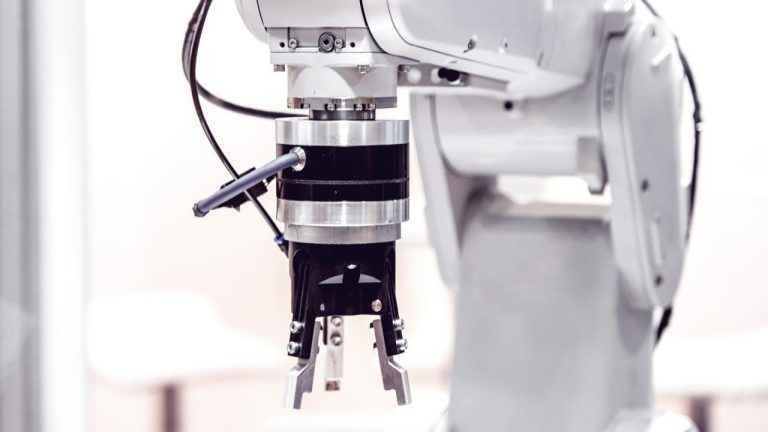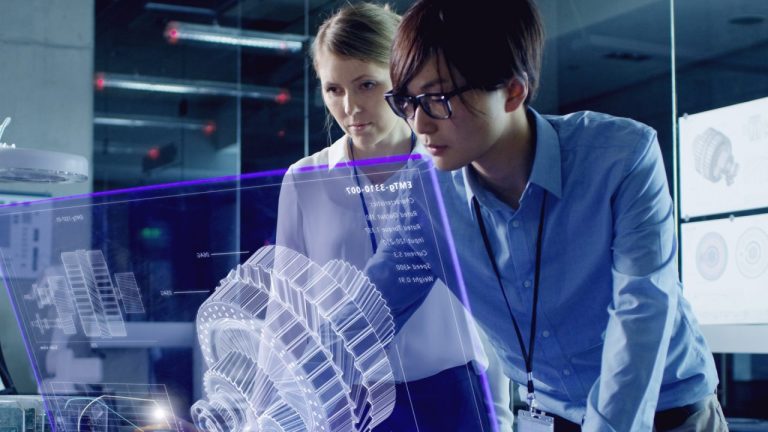
What do a pair of sneakers, a car and an airliner have in common? Nothing really – except that all these products enable mobility! Yet the different manufacturers that make them are often faced with the same expectations from their clients. Better responsiveness, more competitive pricing and more customisation. In other words, they are expected to produce high value-adding items in limited series, as quickly as possible and at mass production costs. This means re-thinking the entire range of industrial and logistical performance. To meet this challenge, digital transformation appears to be the solution to optimise production times, costs and even stocks, along with the flexibility of the production system.
Technology can’t do everything
With cobotics, 3D printing, virtual and augmented reality, the Internet of things, digital twins, and big data – there are plenty of technologies at hand. They promise gains of more than 10% and even up to 50% in terms of quality, costs and deadlines. When implemented in factories, they create a new production resource that is more connected, agile, “green” and productive. Yet their technical reliability does not necessarily mean they can be successfully integrated, as the inability of many demonstrators to go beyond the prototype stage shows. Why is this? It’s rarely about the technology. Rather, failures are due to a lack of knowledge about the sector-specific constraints and the details of the production process, and also underestimating the human factor. We often go too fast, introducing new technologies to the production process without first auditing the equipment or providing support for change among employees, who are sometimes insufficiently informed and/or trained.

Choose a good team and advance methodically
Introducing 4.0 technologies in a factory means using fine-tuned approaches on a case-by-case basis so that the right technology is positioned in the right place with the help of responsive, well-prepared teams. This means it is vital to take on a partner who is familiar with your industrial activity and aware of your sector specifics.
Our experience with our clients has convinced us that transitioning to the factory of the future can be a success… but only under certain conditions:
- Adopting a systemic approach based on an exhaustive 4.0 diagnosis of the production system and the supply chain in order to evaluate the key transformations to be undertaken. A master plan can then be developed, covering all structuring topics such as IS, data storage and processing, safety solutions, and applications. This helps respond to key functions such as logistics, training, quality control, manufacturing simulation, etc.
- Inventorying resources and 4.0 skills to accurately adjust training and recruitment needs and build the best pool of technology partners.
- Providing support for change for all employees whose daily lives are transformed by the digitalisation of production tools. This is true for those operating in the production chain and for those in related positions such as purchasing and IT. Everyone has to work in agile mode and operate as a service platform.
Solutions will be efficient on a large scale, and digital will deliver on its promises provided that we go beyond the simple issue of choosing technologies. Too often, the mistake consists in only approaching digital transformation in its technological dimension, when also (and above all) it involves an organisational and cultural shift. Workstations are modified, new responsibilities are created, and, in some places, human expertise is replaced by algorithms. Change training for operators and agents must therefore be carefully addressed. Lastly, what will make this digital transformation a success is the ability of management and its technical and technology partners to adopt new managerial styles and to induce a cultural change by accepting failure.





